Iford Manor: How Harold Peto created a Wiltshire masterpiece that 'that turns the ordinary into the extraordinary'
Troy Scott-Smith, head gardener at Iford Manor, tells the tale of how the great Harold Peto found Iford and used it to his gardening and architectural dreams come to life.
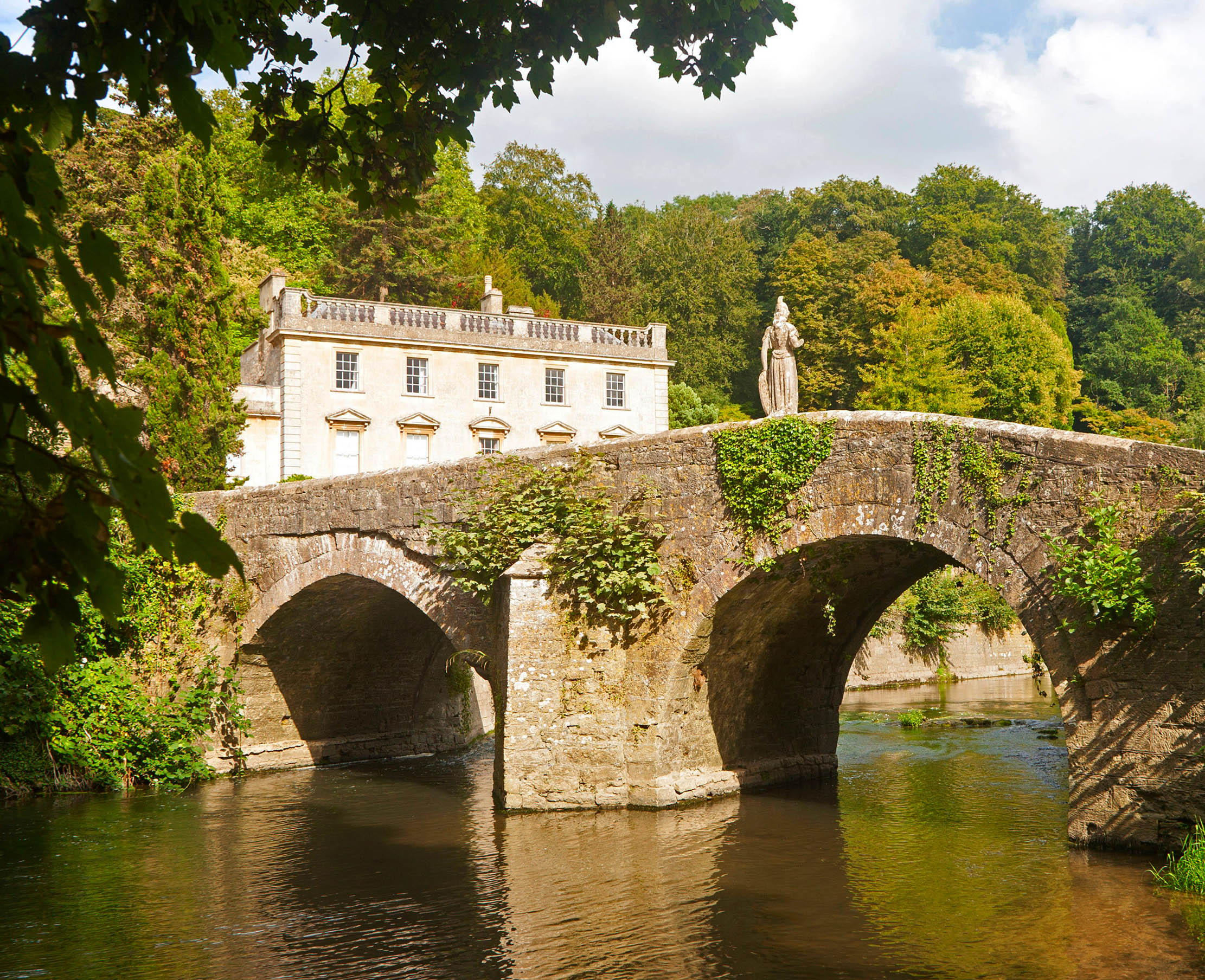
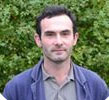
I first visited the Grade I-listed garden at Iford Manor, Wiltshire, 25 years ago, when I travelled from Sissinghurst in Kent to Bath to buy a Morris Minor. I was instantly captivated, not because of the horticultural excellence, nor even its design — strangely for a garden best known as the masterpiece of Edwardian architect and garden designer Harold Peto. Rather, it was something intangible: the embedded sense of place that turns the ordinary into the extraordinary.
Tucked away at the bottom of a steep-sided valley, Iford slips discreetly into the topography of its site, folding together buildings and garden, garden and farm, farm and country. It was in 1899 that Peto arrived here on his bicycle, with his good friend H. Avray Tipping, Country Life’s then-Architectural Editor.
Peto had been looking for a suitable country house for some time, one that would give him the opportunity to design his ideal garden. Thanks to research that has been shared with me by the garden historian Graeme Moore, we now know much more about Peto's thinking. He found a Palladian villa overlooking the River Frome, with a medieval bridge, gardens rising up behind the house and a level terrace on the hillside above, punctuated by Italian cypresses and a hanging beech wood.
It was evocative of his favourite Italian villa, the Villa Giusti at Verona. He loved the romance of the ruins he’d seen in Italy and that essence was captured in what he saw at Iford. He avoided unnecessary change to the garden, preferring instead to develop the inherent character, the natural beauty and the historic atmosphere.
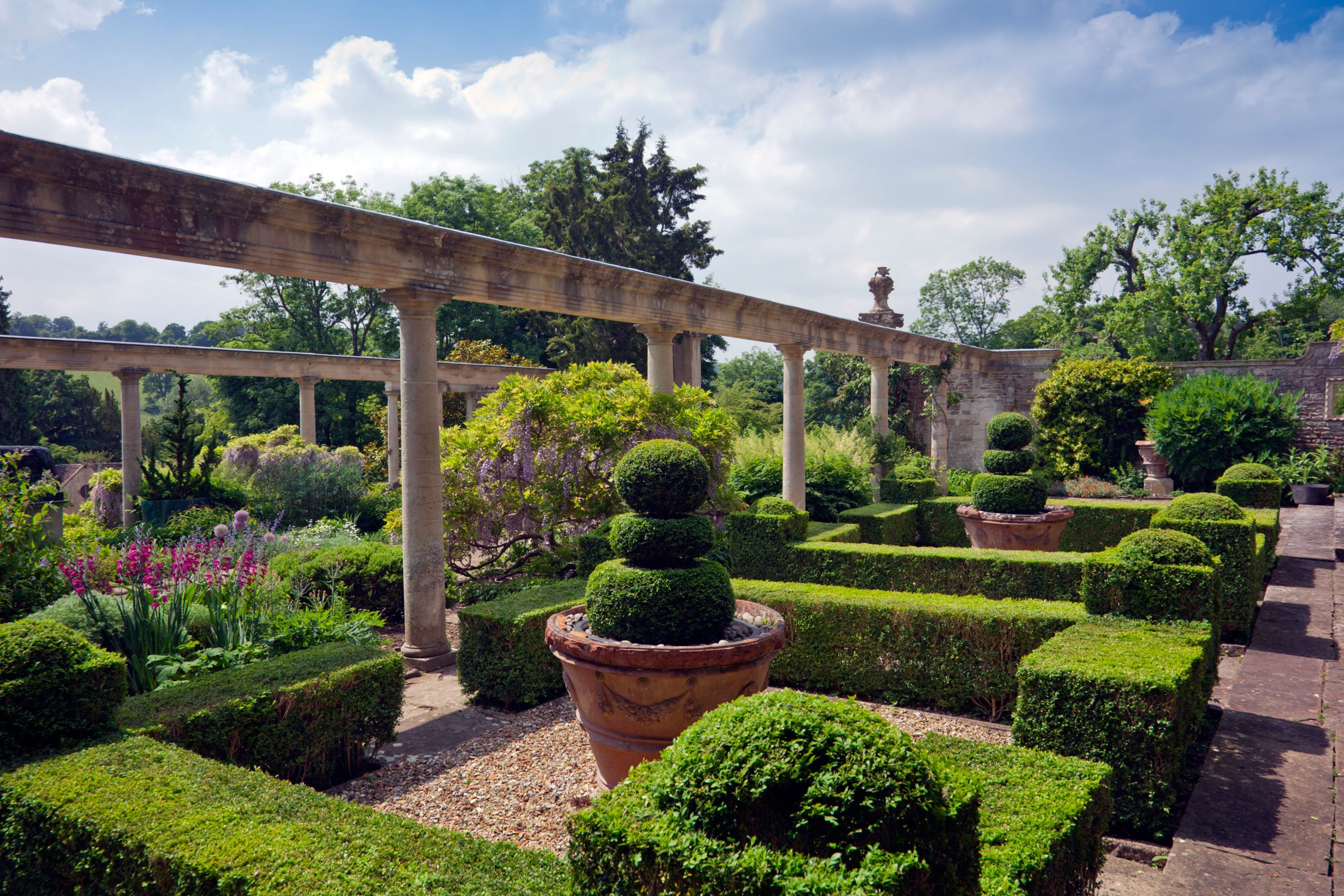
Harold Ainsworth Peto was the eighth child of 14, born to Sir Samuel Morton Peto, an entrepreneur, civil engineer, railway developer and MP. After an education interrupted by illness, he travelled in Europe, before, in 1871, aged 17, he began his architectural training with J. Clements and, later, the Lucas brothers in Lowestoft, Suffolk.
His father, who had many contacts in London, helped provide him with an entrée into the architectural world and, in 1876, Peto joined Ernest George in partnership. The practice was a spectacular success and Peto was able to cultivate his ideas on refined taste, influenced by his aesthetic leanings. The partnership of Peto and George became one of the most successful in London during the 1880s.
Country house work brought Peto into contact with some of the leading gardeners of the time, including Alfred Parsons, Henry Milner and William Robinson at Gravetye Manor, West Sussex. Peto had never shown much interest in gardening, but now his interest was piqued. With the encouragement of Robinson and other gardening friends, he developed the thorough knowledge of flowering plants and their best use that would make him one of the most celebrated garden designers of the Edwardian era.
Sign up for the Country Life Newsletter
Exquisite houses, the beauty of Nature, and how to get the most from your life, straight to your inbox.
To understand Peto’s garden at Iford is, in part, to understand its history. Peto was not only an excellent architect and plantsman, but also a lover of history, as shown by his travel diaries. At Iford, he alluded to the past in many places, presenting some ancient artefact or architectural fragment placed to give spatial structure and identity. He looked to the past — particularly in Italy — for the fundamentals of his designs. To him, the Italian garden with its hedges, water tanks, broad walks, terraces, canals, statues, pots, and cypresses formed the perfect composition.
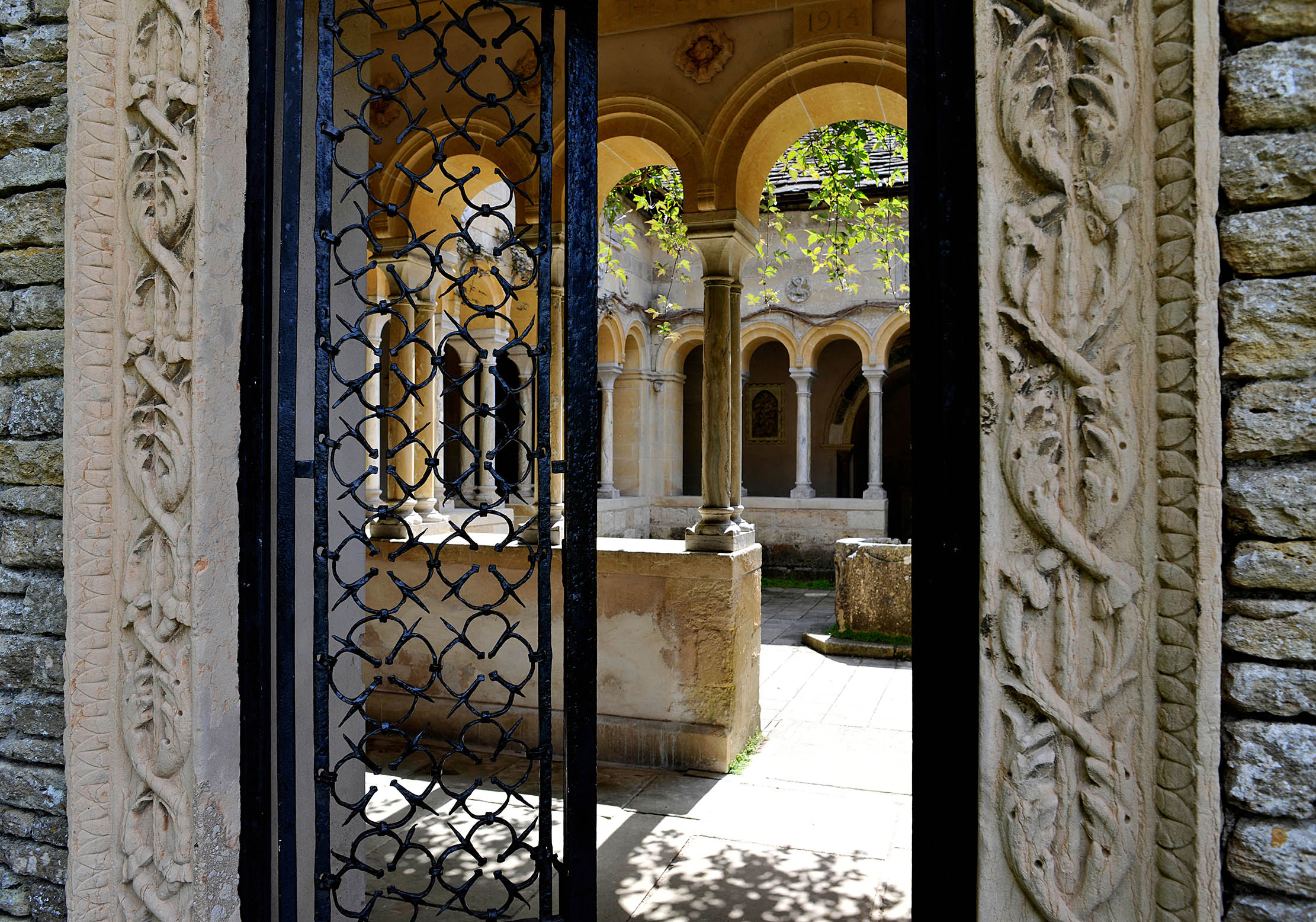
By 1907, the garden at Iford was largely complete, but works continued through the First World War, with Peto making the last architectural additions and preparing a manuscript account of the history of the place, The Boke of Iford, in which he stressed the importance of combining architecture and plants in proportion.
From its origins in the wool industry, through Georgian gentrification, to Peto’s Edwardian structures, Iford’s story continues to be written. A new generation of owners, William and Marianne Cartwright-Hignett, has taken on the garden and appointed me as head gardener.
This is an exciting new chapter for me and a welcome change from Sissinghurst. I feel released from the shackles of a garden rooted in our horticultural history and liberated from the pressure of 200,000 annual visitors. At Iford, I can return to a way of gardening that is not only rich in emotion and intimacy, but where Nature and gardener work in harmony.
Slowly and sensitively, I am getting to know Iford and beginning to understand the broader picture; the meeting point between the cultivated garden and the natural world. A different future is unravelling and, together, we are realising a new ambition for it.
In the decade leading up to the centenary of Peto’s death (in 1933), we will ensure that the embedded sense of place at Iford remains and is strengthened.
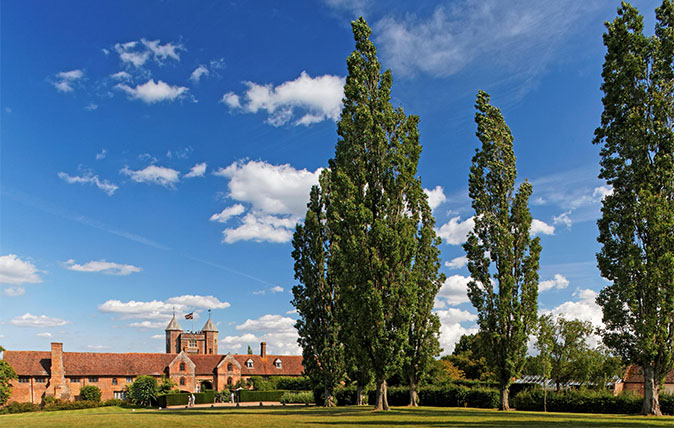
Credit: Alamy
Alan Titchmarsh: 'Why on earth haven’t I done this before? There’s an extra spring in my garden's step'
Alan Tichmarsh explains how the Sissinghurst gardens inspired him to update his own.
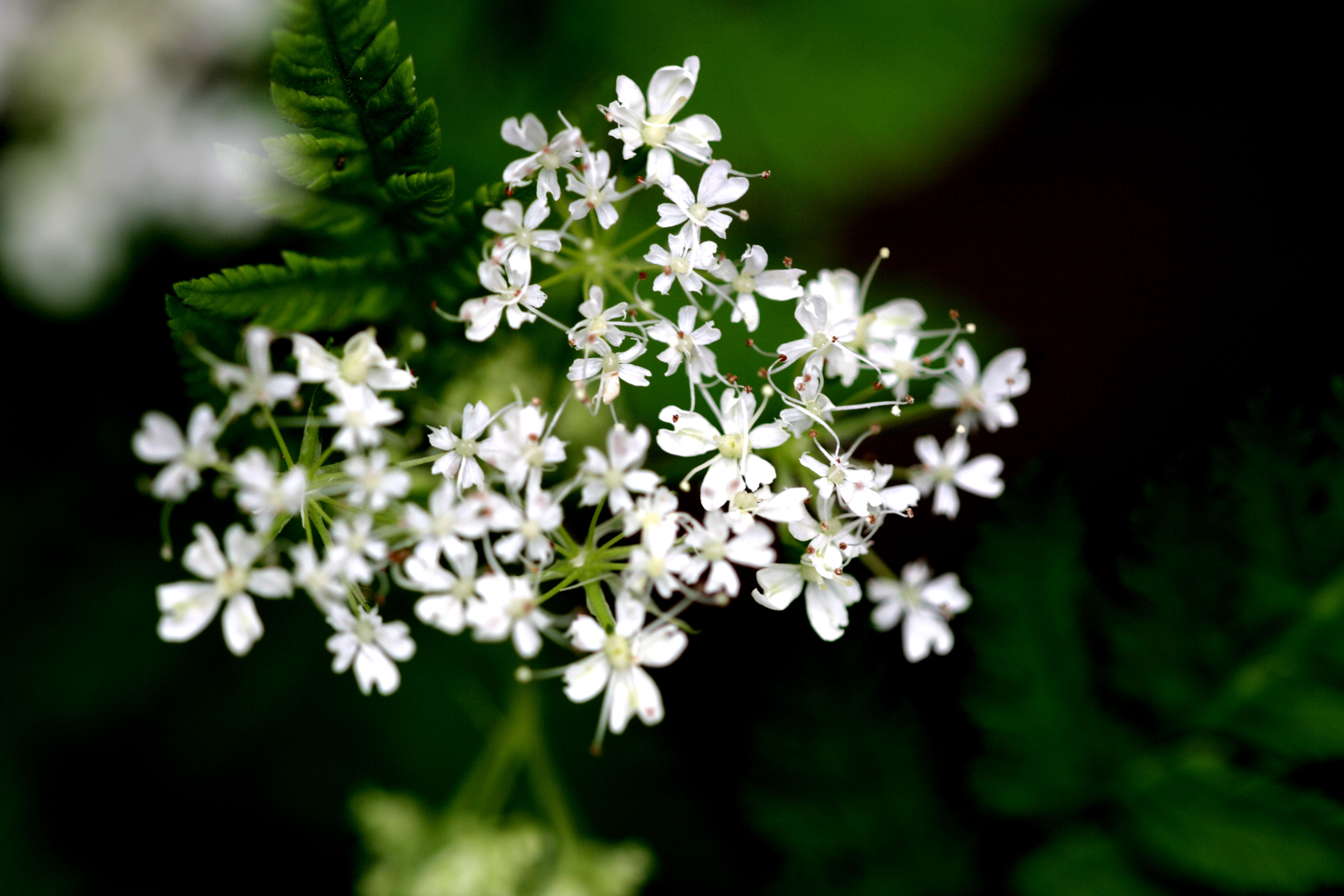
The two herbs to grow in your garden that'll convince you never to eat parsley again
Charles Quest-Ritson doesn't grow a lot of herbs, but those he does would grace any kitchen — and will have your
-
 Why British designers dream up the most desirable hotels
Why British designers dream up the most desirable hotelsWhen it comes to hotel design, the Brits do it best, says Giles Kime.
By Giles Kime Published
-
 The five minute guide to 'The Great Gatsby', a century on from its publication
The five minute guide to 'The Great Gatsby', a century on from its publication'The Great Gatsby' sold poorly the year it was published, but, in the following century, it went on to become a cornerstone of world literature.
By Carla Passino Published